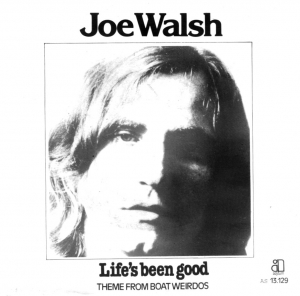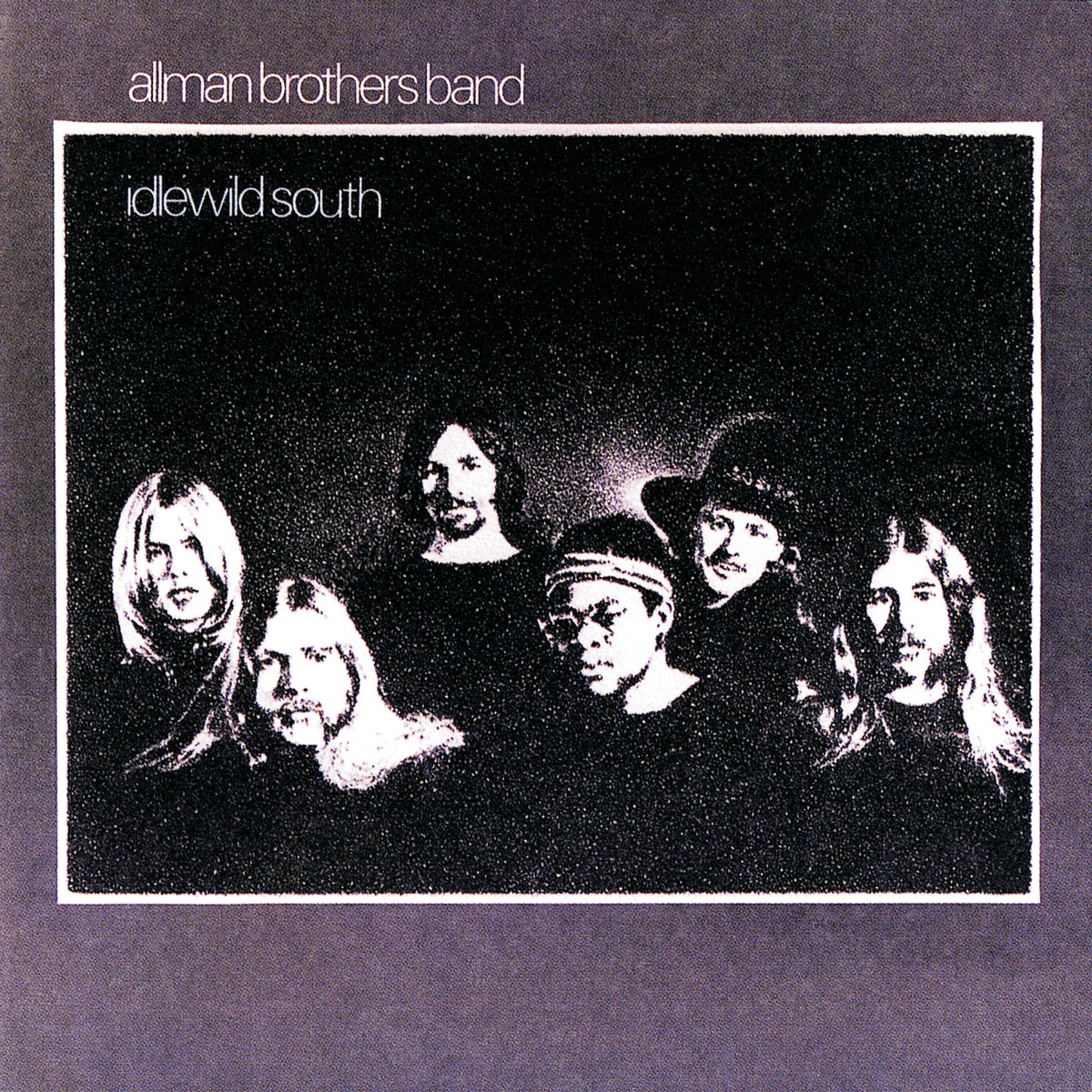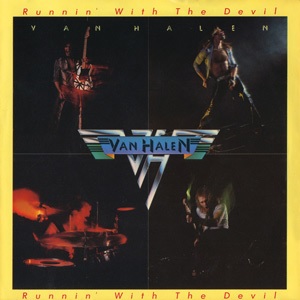 “Heart of Glass” isn’t just a song—it’s a statement, a shimmering slice of musical rebellion wrapped in disco beats and punk attitude. When Blondie released it in January 1979, it wasn’t just another track; it was a revolution. At a time when punk rock was digging in its heels against the mainstream, and disco was both adored and despised in equal measure, Blondie dared to blur the lines. The result was a song that didn’t just dominate the charts—it rewrote the rules of genre and identity for an entire generation.
“Heart of Glass” isn’t just a song—it’s a statement, a shimmering slice of musical rebellion wrapped in disco beats and punk attitude. When Blondie released it in January 1979, it wasn’t just another track; it was a revolution. At a time when punk rock was digging in its heels against the mainstream, and disco was both adored and despised in equal measure, Blondie dared to blur the lines. The result was a song that didn’t just dominate the charts—it rewrote the rules of genre and identity for an entire generation.
To understand why “Heart of Glass” hit as hard as it did, you have to understand where Blondie came from. They were birthed from the underground. Formed in New York City in 1974, Blondie emerged from the Bowery, playing CBGB alongside the Ramones, Television, and Talking Heads. They were a punk band with a twist: fronted by Debbie Harry, a former Playboy Bunny and downtown darling whose voice and style fused street smarts with vintage glamour. Guitarist Chris Stein, drummer Clem Burke, keyboardist Jimmy Destri, and bassist Gary Valentine (later replaced by Nigel Harrison) completed the lineup. Their early music—gritty, raw, and infused with ‘60s pop influence—fit perfectly into the punk ethos of the time.
But Blondie always had broader ambitions. Debbie Harry and Chris Stein, who were not only bandmates but also romantically involved, harbored a love for all kinds of music—garage rock, reggae, surf music, funk, and yes, disco. Their eclecticism wasn’t a mask but a mission. By the time they reached their third album, Parallel Lines, released in 1978, they were ready to push the boundaries. That album was produced by Mike Chapman, an Australian hit-maker best known for working with glam rock acts like Sweet and Suzi Quatro. Chapman saw the band’s potential not just as downtown cool kids, but as pop visionaries.
“Heart of Glass” was the linchpin. Originally conceived as a much slower, reggae-tinged track called “Once I Had a Love,” the song underwent numerous transformations before it landed in its final form. It started as a smoky ballad and was briefly reworked into a funkier, mid-tempo groove. But it wasn’t until Blondie and Chapman leaned hard into disco—specifically inspired by Kraftwerk and Giorgio Moroder—that the track found its identity. Debbie Harry called it their “disco song,” but it wasn’t said with irony or mockery. It was sincere experimentation, fueled by the sense that disco, with its repetitive beats and electronic textures, was the future.
Recorded at the Record Plant in New York, “Heart of Glass” incorporated elements of Euro-disco, synthpop, and punk-pop. Chapman insisted on a tight structure, layered production, and a rhythmic backbone anchored by drum machines and a pulsating bassline. The result was glossy and polished—so much so that it startled some of their early fans. For punks, disco was the enemy, the commercial machine swallowing authentic music. For Blondie to embrace it was nothing short of blasphemy.
But “Heart of Glass” didn’t just flirt with disco—it devoured it and reimagined it. From the first stuttering beat and arpeggiated synthesizer riff, the song announces its intentions: to seduce you onto the dance floor while whispering sweet despair into your ear. Debbie Harry’s vocals float above the beat like smoke from a cigarette, cool, detached, wounded. “Once I had a love and it was a gas / Soon turned out had a heart of glass.” It’s heartbreak couched in glamour, loss swaddled in rhythm. There’s vulnerability there, but also empowerment. She isn’t begging for sympathy; she’s narrating a loss with grace and sarcasm.
What makes the song endure is that duality. “Heart of Glass” is a breakup song, but it doesn’t mope—it glides. There’s a weariness in Harry’s voice, but also an indifference, a knowing smirk. The production, meanwhile, glistens with studio perfection. Every beat, synth line, and echo is meticulously placed, yet it never feels overproduced. The song is both a dance floor anthem and an emotional dirge. You can cry to it or lose yourself to it—or both.
When the single was released, it exploded. “Heart of Glass” hit No. 1 on the Billboard Hot 100 in April 1979 and topped charts across the globe, including the UK, Australia, and Canada. For Blondie, it was the breakthrough they’d been waiting for. They were no longer just cult favorites—they were pop stars. The success of “Heart of Glass” helped push Parallel Lines to platinum status and established Blondie as one of the most versatile and unpredictable bands of their era.
But not everyone was thrilled. Punk purists howled betrayal. Some fans accused Blondie of selling out, of abandoning the movement for the lure of mainstream success. The band brushed it off. Debbie Harry, never one to suffer fools, defended their decision bluntly: “We were just trying to do something different. It wasn’t like we were trying to be Donna Summer. We were trying to be Blondie doing disco.” And that’s precisely what they achieved. “Heart of Glass” didn’t conform to disco—it mutated it, bent it to Blondie’s will. The result was something entirely new.
The music video only added to the legend. Filmed at Studio 54, the epicenter of disco decadence, the video shows Blondie performing on a rotating stage under glittering lights, Harry looking every bit the downtown goddess in a sheer dress and icy demeanor. She wasn’t just a singer—she was an icon in the making. The video, shot with low-budget finesse and proto-MTV style, captured the hedonism of the time while reinforcing Blondie’s commitment to spectacle. It became a staple on early video programs and cemented the song’s association with the era’s glitz and glam.
Over the years, “Heart of Glass” has only grown in stature. It’s been covered by countless artists—from Miley Cyrus to The Gossip—and remains a staple in films, commercials, and retro playlists. Its influence can be heard in the electroclash movement of the early 2000s, in the synth-pop revival, and even in indie dance acts who borrow from its chilly, sexy aesthetic. The song bridges generations because it never really belonged to one. It was timeless from the start.
What sets “Heart of Glass” apart from so many hits of its era is how daring it was. Blondie could have stuck to their punk roots and made a fine career of it. They could’ve played it safe, pleased the critics, and kept their street cred intact. But they chose risk. They chose evolution. That spirit—of curiosity, rebellion, and boundary-pushing—is what made “Heart of Glass” a classic. It wasn’t just a disco song made by punks. It was a new species.
The track also marks a turning point in Blondie’s career. It gave them license to do anything. After “Heart of Glass,” they released reggae-influenced songs (“The Tide Is High”), rap experiments (“Rapture”), and lush pop ballads. They refused to be boxed in. That openness, that refusal to commit to a single genre, became their signature. And it all began with the heartbeat thump of “Heart of Glass.”
Debbie Harry herself has always carried the song with a mixture of pride and bemusement. In interviews, she’s acknowledged how important it was to the band’s success, but she’s also noted how misunderstood it was. “It was one of those things where people took the surface and didn’t listen to what we were saying,” she said. “There’s humor in it, there’s sadness, but most of all, there’s defiance.” And that’s key. “Heart of Glass” isn’t about a woman crumbling after heartbreak—it’s about a woman owning it, dissecting it, and moving forward.
Blondie may have been the first American band to top the charts with a synth-driven disco song, but they weren’t the last. “Heart of Glass” helped open the floodgates for new wave and synth-pop acts that followed. It showed that electronic music didn’t have to be cold and sterile—it could be emotional, stylish, and deeply personal. It also redefined what punk could be. Suddenly, it wasn’t just three chords and a sneer—it could be a mirror ball, a synthesizer, and a broken heart too.
Today, “Heart of Glass” stands tall as a masterclass in transformation. It’s a love song for the cynical, a disco anthem for the heartbroken, a punk rebellion in a sequined dress. It belongs on any list of the greatest songs of the 20th century not just for its catchiness or commercial success, but because of what it represents: the courage to evolve, the thrill of reinvention, and the power of pop music to surprise you.
More than four decades after its release, “Heart of Glass” still pulses with relevance. It sounds like a time capsule and a prophecy at once. Put it on, and you’re back in 1979, spinning under the strobe lights of Studio 54—or you’re on a modern dance floor, swaying alone with your memories. It’s always current, always fresh, always aching.
Blondie’s gamble paid off. They didn’t just create a hit—they created a legacy. “Heart of Glass” endures because it was never just about one thing. It was about the messy beauty of heartbreak, the lure of transformation, and the shimmering edge where punk met pop and fell in love. That kind of alchemy doesn’t happen often. When it does, it sounds like this.


